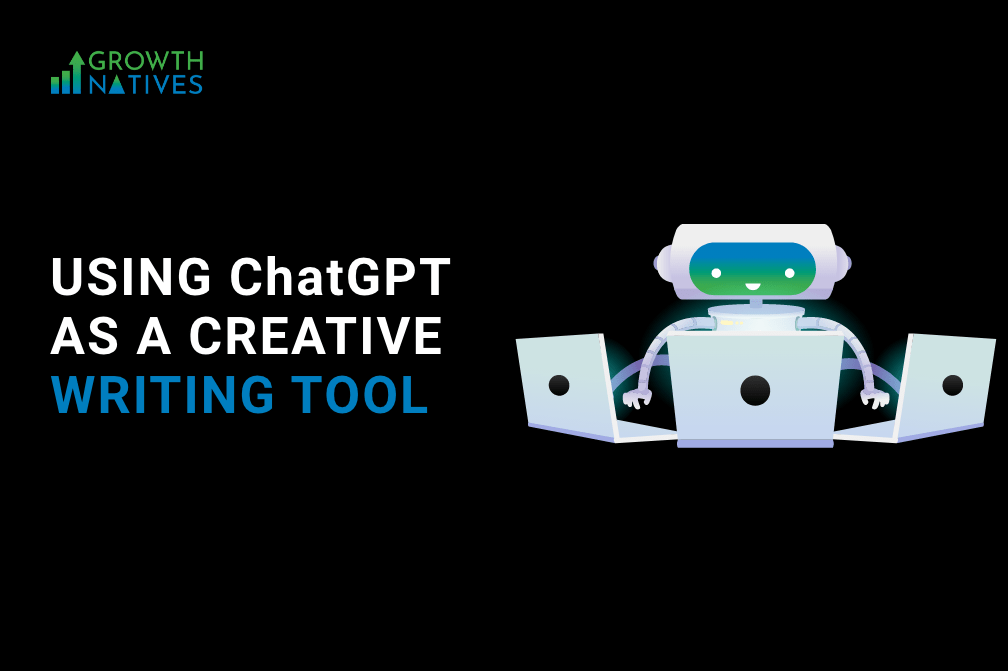
Multigenerational Workforce Traits All Managers Should Know
By Sakshi Arora
Nov 30, 20214 min read
The multigenerational workforce, as the name implies, includes several different age groups within the same organization. There are as many as five generations working in one workplace. With workplaces being more age-diverse than ever before, it’s essential to remember that all of them have their own needs and preferences. And these needs may completely differ from each other since all employees have different experiences, especially when it comes to technology. As a manager, you must understand what each group needs to act on different levels in order to be productive.
With the right insights into each age group’s preferences and traits, you can give each individual the right tool to maximize their productivity and therefore, get the teams to collaborate more effectively.
Understanding the 5 Generations at the Workplace
1. Traditionalists (born before 1945)
Traditionalists are loyal, team players, civic-minded, and stick with one employer for a long period of time. They are not afraid of technology; they tend to work on longer-term projects. However, the choice of machines they often find more reliable are desktop computers, landline phones, and fax machines.
2. Baby Boomers (born between 1946 & 1964)
The same field for longer than traditionalists, baby boomers care deeply about growing with the organization. And when it comes to their preference for communication, they like to stick to email and tend to use smartphones more.
3. Generation X (born between 1965 & 1980)
They are more independent than baby boomers and traditionalists and are more likely to walk away from inflexible organizations. This generation embraces technology more at the workplace and tends to use smartphones, emails, laptops, tablets, video conferencing, and establish team-based digital workspace to meet their flexibility requirements. Quite modernized we would say!
4. Millennials (born between 1981 & 1996)
If any generation is the driving force of today's workplace, it’s millennials. They bring more value than gen x because they create interactions, feedback, and collaboration. Strongly driven by a sense of purpose, millennials treat continuous learning and workplace growth as key aspects of their job. This group of people has grown up fully immersed in digital technology; text, IM, and digital social are their primary sources of communication.
This generation prefers to communicate electronically and needs proper tools to do so. If you can provide them with that, they are sure to perform at their maximum efficiency.
5. Generation Z (born between 1997 & 2012)
Generation Z is just beginning to enter the workforce. They are fast-paced, independent, and competitive. Most of their job positions depend upon how tech-savvy the workplace is. They prefer face-to-face communication and technology that provides a personal experience, such as video meetings.
Similar Workplace Values
Though all age groups at the workplace have their needs and requirements that differ from each other, each generation has similar workplace values and to a large extent, similar expectations.
1. Planning and organizing
2. Focus on execution
3. Focus on clients and external stakeholders
4. Decision-making
5. Teamwork
Similarities in All Generations
Every generation cares about getting a fair return for what they are providing and needs cutting-edge tools to do their jobs.
Such things and more, if not available, may affect their performance at different levels that together are more like a funnel.
The culture of the organization, to begin with, plays an important role. All generations need to feel that they fit in the organization. Diversity, being heard, the place being a fun place to work at, personal development, and growth goals all together fulfill each one’s expectations within the organization.
Other things like ‘would my manager help me grow?’ and the feedback that helps employees know that they are valued also equally matter. However, there’s more to it.
Talent evaluation to know which employee from which generation fits well to perform a certain job helps bring out the best in them. Also, a sense of emotional attachment with the organization and a feeling of pride in working there makes employees perform their best.
Trust in the management helps them believe that the higher management is taking decisions in their favor and for their betterment.
Quality delivery and great customer experience not only have a great impact on revenue generation but also keep your employees satisfied and happy. Each generation likes to be recognized for what they are doing and how they are helping maintain a great relationship with the client.
Does that mean it’s an ideal move to hire people from different generations to achieve your organizational goals?
Yes.
A multigenerational workforce comes with several benefits for your organization. Let’s take a look at these advantages.
Business Benefits of Multigenerational Workforce

Growth Natives is a team of multigenerational leaders who are happily working and #growingtogether, learning from each other’s experiences and delivering unmatched results every day.




